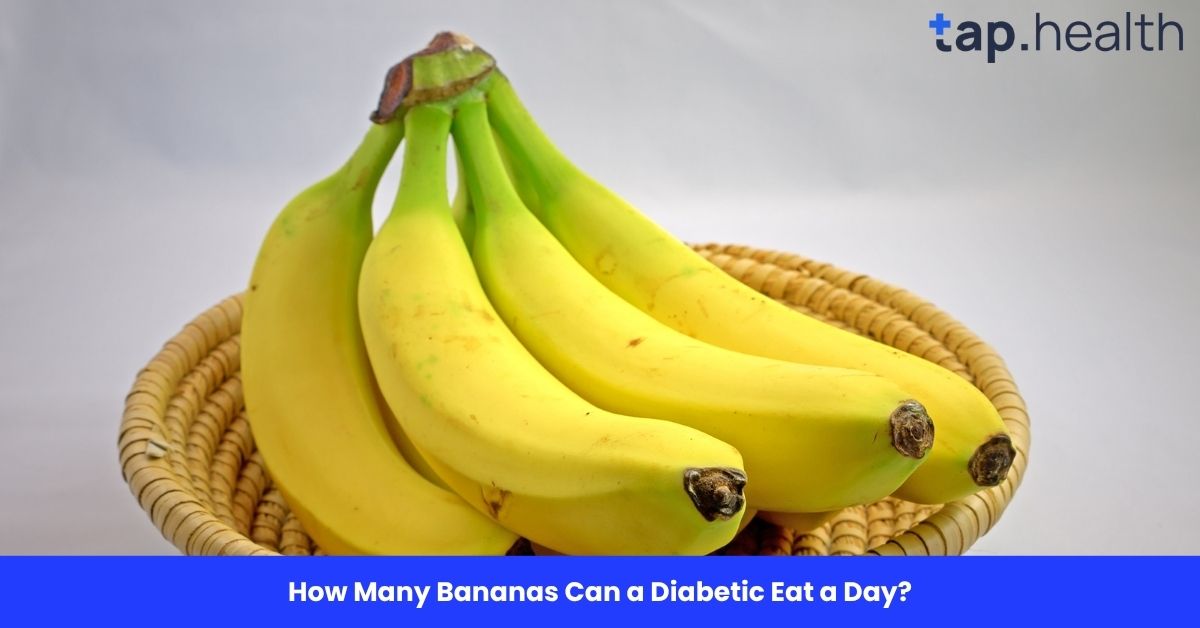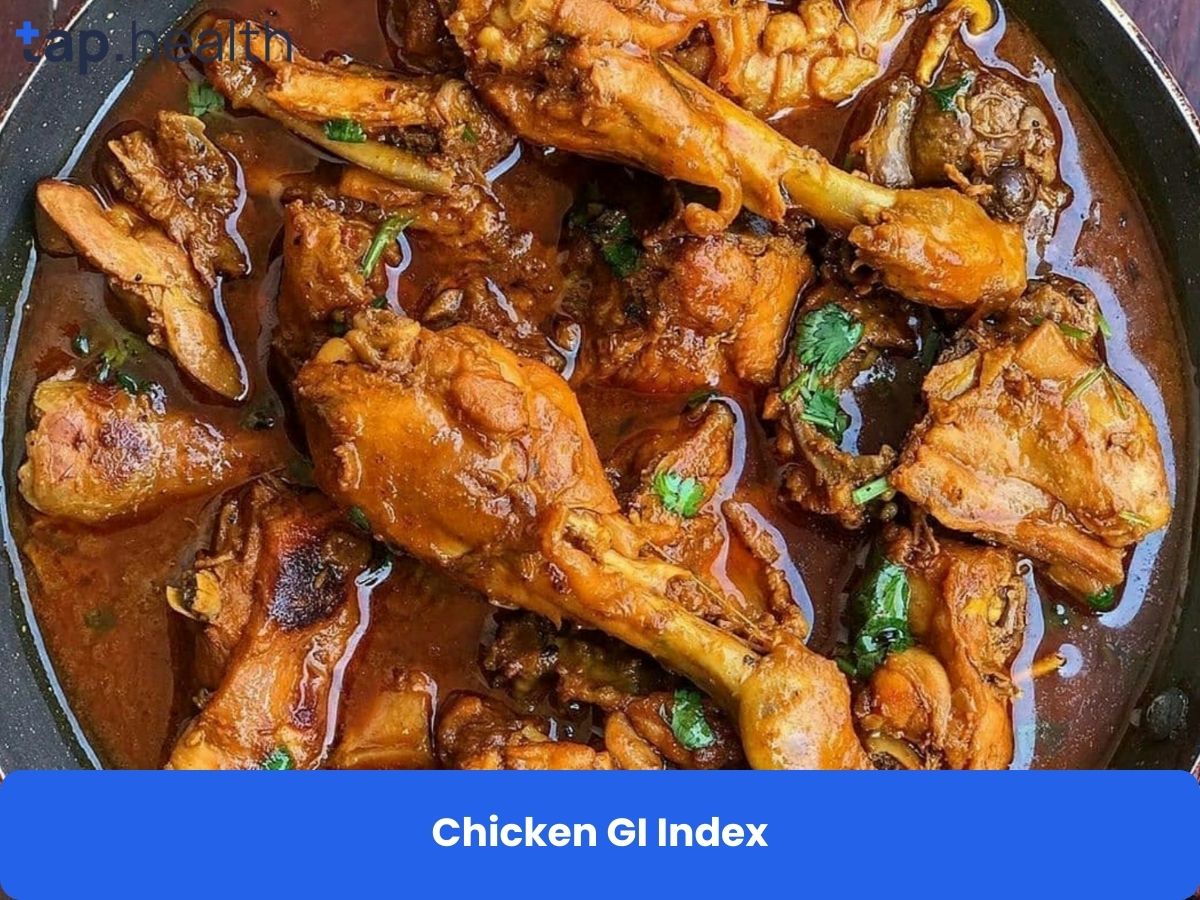Bananas are a popular and healthy fruit, often recommended as part of a balanced diet. They are rich in vitamins, minerals, and fiber, making them a great option for general health. However, if you have diabetes, you may wonder: Can I eat bananas? And if so, how many bananas can a diabetic eat per day?
The good news is that, yes, you can enjoy bananas even if you have diabetes—but like any food, it’s important to understand how they affect your blood sugar levels. In this blog post, we will dive into the nutritional aspects of bananas, how they impact blood sugar, and provide clear recommendations on how many bananas a diabetic can safely include in their daily diet.
The Nutritional Breakdown of Bananas
Before we jump into how many bananas diabetics can eat, let’s first take a look at what’s inside a banana. This will help us understand why bananas can affect blood sugar.
1. Carbohydrates and Sugar Content
Bananas are known for being a good source of carbohydrates, particularly natural sugars like glucose, fructose, and sucrose. The sugar content in a medium-sized banana (about 118 grams) is roughly 14 grams. Carbohydrates directly impact blood sugar levels, so for someone with diabetes, it’s essential to monitor their carbohydrate intake.
- Carbohydrates in one medium banana: ~27 grams
- Fiber: ~3 grams (which helps slow sugar absorption)
The glycemic index (GI) of bananas varies based on ripeness. A greener banana has a lower GI compared to a fully ripe banana, which means it may have less of an immediate impact on blood sugar levels. This is important for managing blood sugar spikes.
2. Vitamins and Minerals
Bananas are also rich in essential nutrients, including:
- Potassium: Important for heart health and maintaining blood pressure.
- Vitamin C: Supports immune function and skin health.
- Vitamin B6: Helps in brain function and the production of hemoglobin.
- Magnesium: Plays a role in muscle function and blood sugar regulation.
These nutrients can contribute to overall health, which is important for anyone managing diabetes.
How Bananas Affect Blood Sugar in Diabetics
Now that we know the nutritional profile of bananas, let’s explore how they affect blood sugar levels in people with diabetes.
1. Glycemic Index (GI) and Glycemic Load (GL)
The glycemic index (GI) measures how quickly a carbohydrate-containing food raises blood glucose levels. Foods with a high GI cause a rapid spike in blood sugar, while low-GI foods release glucose more slowly.
- Green (unripe) banana GI: 30–40 (low GI)
- Ripe banana GI: 50–60 (moderate GI)
For comparison, foods like white bread have a GI of 70 or more, making them more likely to cause rapid blood sugar spikes.
- Glycemic Load (GL) is another factor to consider. It takes into account the GI as well as the amount of carbohydrate in a serving. A low GL means less of an impact on blood sugar.
- A medium banana has a GL of about 11, which is considered moderate.
2. Impact on Insulin Sensitivity
Bananas, especially ripe ones, can raise blood sugar levels moderately. However, because they also contain fiber, particularly resistant starch in unripe bananas, they may help moderate the rise in blood sugar. Fiber helps slow down the digestion process and the absorption of sugars, reducing the impact on blood sugar levels.
3. Portion Control is Key
For diabetics, the key to enjoying bananas lies in portion control. Eating one banana won’t cause an extreme blood sugar spike for most people with diabetes, but eating more than one in a sitting—especially if it’s ripe—can lead to higher glucose levels.
How Many Bananas Can a Diabetic Eat in a Day?
While there’s no one-size-fits-all answer, the general guideline is that moderation is key. For most people with diabetes, 1 small to medium banana per day is safe to include in a well-balanced diet. The exact number can vary depending on individual factors such as:
- Type of diabetes: Type 1 diabetes might require more careful insulin adjustments when consuming high-carb foods.
- Blood sugar levels: Monitoring blood glucose before and after eating bananas can help understand personal tolerance.
- Other food intake: Bananas should be considered as part of your total daily carbohydrate intake.
1. Consider the Ripeness
As mentioned earlier, a green banana (unripe) has a lower glycemic index and can be a better choice for people with diabetes compared to a fully ripe banana. The resistant starch found in green bananas helps slow down sugar absorption, making them less likely to cause rapid spikes in blood sugar.
- Green bananas: Lower GI, better for blood sugar control.
- Ripe bananas: Higher GI, best consumed in moderation.
2. Balance with Other Foods
It’s essential to pair your banana with a source of protein or healthy fats. This will help slow down the digestion and absorption of sugars, keeping blood sugar levels stable.
- Example: Pair a banana with a handful of nuts or a spoon of peanut butter for a balanced snack that includes healthy fats and protein.
Real-Life Scenarios: Bananas and Diabetes Management in India
In India, bananas are a commonly consumed fruit, making it essential for people with diabetes to know how to incorporate them wisely into their diets.
Example 1: Rajesh’s Story
Rajesh is a 45-year-old man from Mumbai who was diagnosed with Type 2 diabetes a year ago. He enjoys eating bananas as part of his morning breakfast but was concerned about their effect on his blood sugar. After consulting his doctor and adjusting his carbohydrate intake, Rajesh learned that eating one small, green banana with a handful of almonds was a great way to start his day without spiking his blood sugar.
Example 2: Priya’s Approach
Priya, a 55-year-old woman from Bangalore, has been managing Type 1 diabetes for over 10 years. She used to consume 2-3 ripe bananas daily as part of her diet. However, after consulting with her dietitian, Priya learned that eating just one medium banana per day—along with adjusting her insulin doses—helped her maintain better blood sugar control. She now enjoys her banana as part of a balanced snack, often combined with a protein source like cottage cheese.
Expert Contributions: Insights from Dr. Ramesh Kumar, Diabetologist
Dr. Ramesh Kumar, a well-known diabetologist based in Delhi, emphasizes the importance of personalized nutrition for people with diabetes. He recommends monitoring blood sugar levels regularly, especially after eating fruits like bananas, to understand how they affect individual glucose levels.
Dr. Kumar suggests that diabetics should focus on the glycemic load of their entire meal rather than just one food item. He advises that combining fruits with protein or healthy fats can help reduce blood sugar spikes and provide a more balanced source of energy.
Recommendations Grounded in Proven Research and Facts
Several studies and expert guidelines have concluded that bananas can be part of a healthy diabetes management plan if consumed in moderation. Here are some key research-backed recommendations:
- Portion control is crucial. A small banana (around 100 grams) is a good option for most diabetics.
- Opt for less ripe bananas. If possible, choose a slightly greener banana to reduce its glycemic impact.
- Pair bananas with protein and fiber-rich foods to help balance blood sugar levels.
- Monitor blood sugar regularly to understand how bananas affect your individual glucose levels.
FAQ: How Many Bananas Can a Diabetic Eat a Day?
1. Can a diabetic eat a banana every day?
Yes, a diabetic can eat a banana every day, but it’s best to consume it in moderation. One small or medium banana, especially if it’s slightly green, is generally safe for most people with diabetes.
2. Which type of banana is better for diabetes—green or ripe?
Green bananas, or unripe bananas, are better for blood sugar control because they have a lower glycemic index and higher levels of resistant starch, which slows sugar absorption.
3. What’s the best way to eat a banana if you have diabetes?
It’s best to eat bananas as part of a balanced meal, combined with protein or healthy fats. Avoid eating large portions of bananas at once, and always monitor your blood sugar levels after eating.
4. Can bananas raise blood sugar levels?
Yes, bananas contain carbohydrates that can raise blood sugar levels. However, the effect is moderate and can be minimized with portion control and by pairing bananas with other nutrient-dense foods.
Conclusion
Bananas can absolutely be a part of a healthy diet for people with diabetes, as long as they are consumed in moderation. By understanding how bananas affect blood sugar and adjusting portion sizes accordingly, diabetics can enjoy this delicious fruit without risking their health. Remember to opt for greener bananas, monitor blood sugar regularly, and balance them with other healthy foods.
By following these guidelines, diabetics can enjoy the nutritional benefits of bananas without compromising their blood sugar control.



